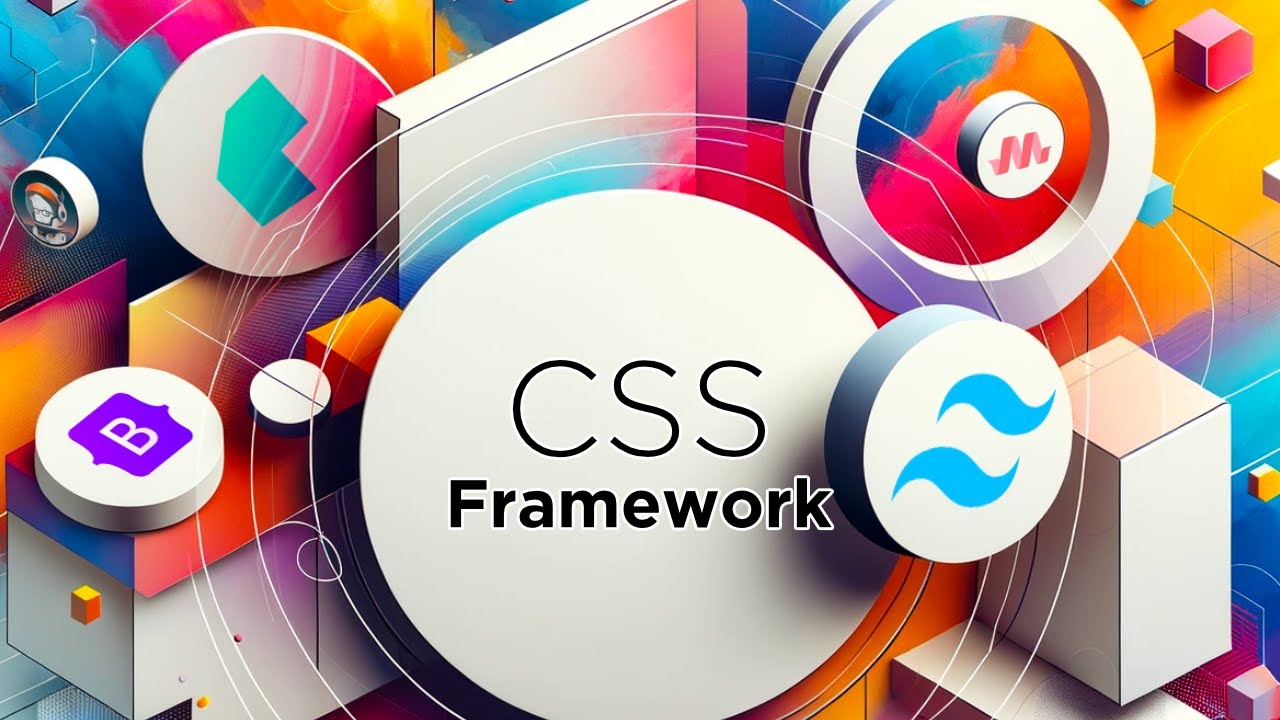Styling Frameworks
 Reagan Mwangi
Reagan Mwangi
Styling frameworks often known as CSS frameworks are collections of pre-written CSS or related styling code that help developers style websites or applications consistently and efficiently. They provide a foundation of common components, grid systems, topography, and other design elements, enabling faster and more consistent development. Here’s an overview of some popular styling frameworks and how they differ:
1. Bootstrap
Bootstrap is one of the most popular CSS frameworks initially developed by Twitter. It offers a comprehensive set of CSS classes and JavaScript components for common UI elements. It includes a responsive grid system, topography, buttons, forms, modals, and more
Key Features: Responsive design, extensive documentation,pre-built components.
Best For: Rapid prototyping, enterprise projects, beginners.
Drawbacks: Can feel heavy or bootstrapish without customization leading to common visual patterns.
2. Tailwind
Tailwind CSS is a utility-first framework that emphasizes utility classes to style components without writing custom CSS. It is highly customizable and allows for rapid development without predefined components or styles.
Key features: Utility-first design, high customization, flexibility.
Best For Developers who want control over design, customization, and low overhead.
Drawbacks: The learning curve for the utility-first approach can lead to cluttered HTML.
3. Bulma
Bulma is a modern CSS framework based on Flexbox. It aims to be simple and easy to use, offering a range of responsive components without additional Javascript.
Key Features: Flexbox-based, simple and lightweight, clean design.
Best For: Minimalist design, quick development, pure CSS solution.
Drawbacks: Limited pre-built components compared to Bootstrap, less extensibility.
4. Materialize CSS
Materialize CSS is based on Google’s Material Design Principles . It provides a set of CSS classes and components that follow Material Design guidelines offering a consistent and visually appealing design style.
Key features: Material design aesthetic,pre-built components, responsive design.
Best for: projects following Material Design guidelines and rapid prototyping.
Drawbacks: may be limiting if you are not interested in Material Design aesthetics.
5. Semantic UI
Semantic UI is a framework focused on human-friendly HTML semantics making it easier to write and understand the structure of web pages. It offers a wide range of components with a focus on intuitive naming.
Key features: Human readable class names broad component range, and customizability.
Best for: Developers who value readable and semantic code, and consistent design.
Drawbacks: Can be heavy large learning curve, less active development compared to other frameworks
Choosing the right Framework
Selecting the right framework depends on your project’s needs, the desired level of customization, performance requirements, and your team's familiarity with specific frameworks. Consider factors such as component requirements, design style, ease of use, extensibility,and community support when choosing a framework
Subscribe to my newsletter
Read articles from Reagan Mwangi directly inside your inbox. Subscribe to the newsletter, and don't miss out.
Written by
